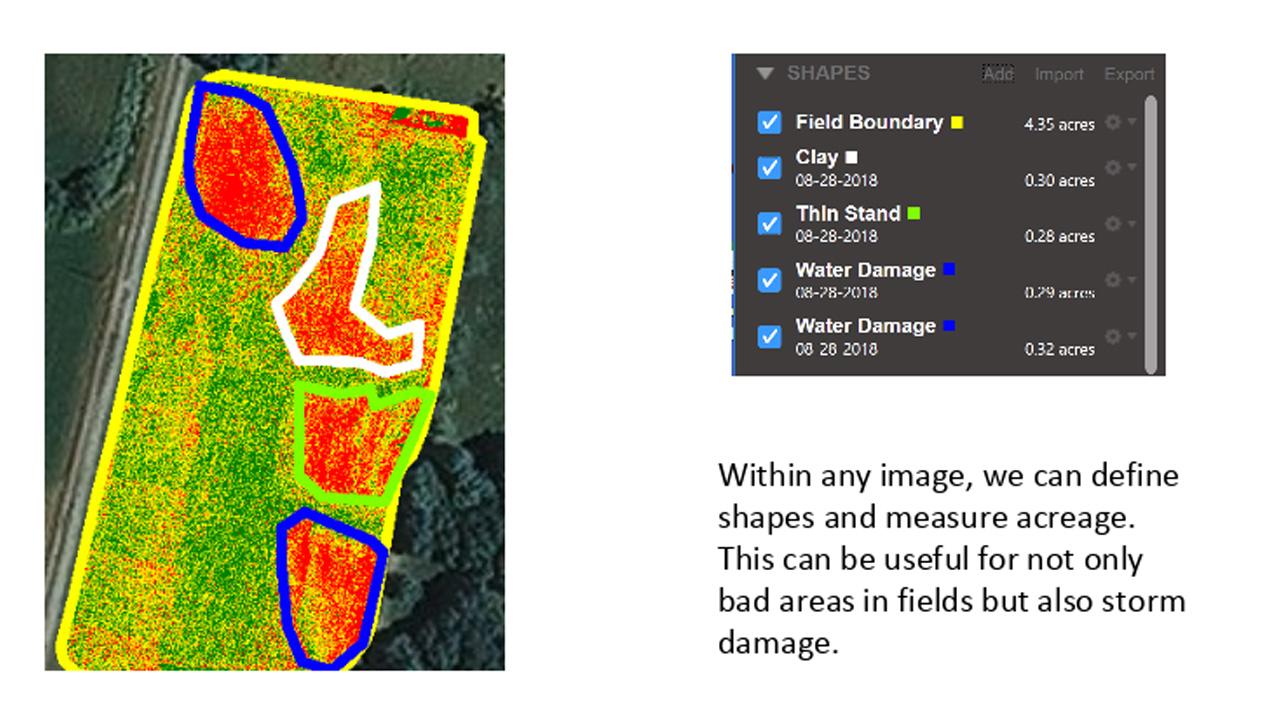Technological advances, artificial intelligence innovations, and widespread computing have all combined to necessitate a new generation of knowledge workers (Sutton, 2006). Today’s students will likely find employment in jobs that do not yet exist (World Economic Forum, 2018). Robotics, automation, and powerful computing are all shaping an ever-changing occupational landscape (World Economic Forum, 2018). More than ever, skills in creativity, problem solving, collaboration, critical thinking, and communication are necessary for future work and learning success (Partnership, 2018). Students, living in a world of “big data,” must learn to collect, synthesize, and utilize data for data-driven decision-making to fully capitalize on the host of opportunities available to them and succeed in future employment endeavors. However, despite widespread agreement on the necessity of these skills, little is known about the best way to interest, engage, and instruct students in interacting with and utilizing data for data-driven decision making (NRC, 2011). Further, assisting students in comprehending and engaging with abstract data sets has proven difficult (Merrill, 2001) and efforts to help students visualize data have not always proven successful (Lewis, 2005).
Drs. Bartholomew & McGraw and Mr. Charlesworth hypothesize that some of the struggles with data-driven decision-making instruction stem from the lack of context and real-world application for students (Merrill, Custer, Daugherty, Westrick, & Zeng, 2009). Further, they believe that placing students in positions requiring data-driven decision approaches may increase the effectiveness of these experiences and foster student interest in pursuing related education and careers.
The Technology-enabled Data-driven Decision-Making (TEDD) project, funded through SEED funding from the Future Work and Learning Research Impact Area of the Polytechnic Institute, leverages Dr. Bartholomew’s expertise and experience in K-12 classrooms, pedagogy, and curriculum development; Mr. Charlesworth’s experience in quadcopter educational outreach and extension programs; and Dr. McGraw’s expertise in data visualization and computer graphics technology. Drs. Bartholomew and Dr. McGraw have worked collaboratively to develop, test, implement, and refine a high school curriculum (TEDD) centered on introducing students to data visualization in the context of field surveillance with quadcopters.
Following the development of the TEDD curriculum the research team will pilot the curriculum with Mr. John Weitlauf’s Engineering Design Courses at Benton Central Junior/Senior High School. Students will then be taught 3 modules, spanning 2 weeks of class time, related to data visualization and quadcopter field surveillance prior to embarking on their capstone project. The capstone project for the TEDD curriculum will involve students partnering with local farmers to assist the farmers in making data-driven decisions for watering, spraying, and harvesting crops. Students will use the Phantom 4 drone to collect surveillance data of fields and then utilize principles of data visualization to prepare a presentation with data-driven decisions and recommendations tailored specifically to each farmer.
Additional information:
Future Work and Learning is one of the college's five research impact areas. Future Work and Learning research focuses on exploring the intersection between learning and work to develop and apply innovative approaches to education and workforce training that empower people to fulfill active roles in society through participation, engagement and entrepreneurship.

